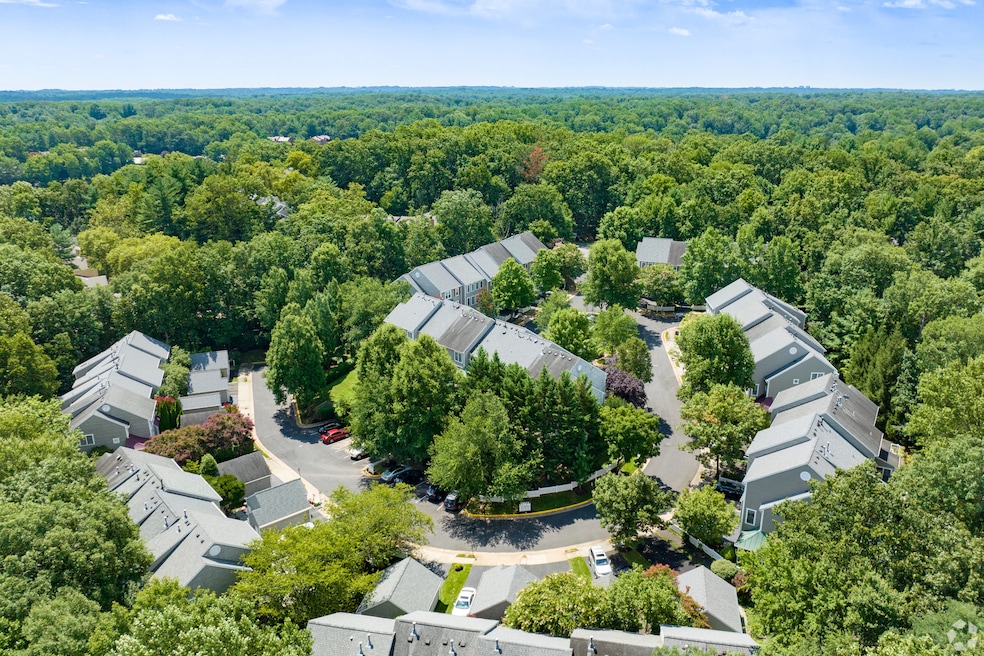If the federal government dangled big financial incentives to cities and towns, one economist argues, more municipalities might be open to building housing they have long resisted. The suggestion is part of a national debate involving economists and local officials on ways to create more residences around the country.
The government should offer cities $10,000 for every new home built if that housing is in areas designated for more intensive development than detached single-family homes, said Adam Ozimek, chief economist at Economic Innovation Group, a bipartisan public policy organization. Federal officials should also draft their own zoning code, a set of rules to control what sort of housing can be built where; cities and towns would have to adopt this code in the designated areas to receive the financial reward, he said in an interview.
The code would draw on best practices from across the United States. Local governments would introduce the code for specific blocks or neighborhoods they think would be well-suited. Within these “density zones,” developers would have clear rules on how much housing they can build, and a predictable approval process, according to Ozimek.
A uniform set of rules is needed for the whole country, Ozimek said, because localities often lack the expertise to adjust their codes to make it easier to build housing. At the same time, the federal government shouldn’t try to impose its vision on cities and towns, he said. Instead, it can offer cash to help places manage the effects of population growth that comes with new housing.
Ozimek said his group was active in promoting the idea of opportunity zones in the first Trump administration. That allows investors to obtain tax credits in exchange for putting capital in affordable housing or other development within certain economically distressed areas. Ozimek isn’t sure whether this new idea will find a receptive ear in the White House next year but noted both Trump and rival Kamala Harris said during their campaigns they wanted to do something about restrictive zoning codes that can interfere with housing production.
“That’s unique, and it suggests something is going to be done. The federal government seems intent on being involved and we should equip them with the best possible policies,” Ozimek said. He and Economic Innovation Group chief executive officer John Lettieri outlined the proposal in an October blog post, noting there are still many details to figure out.
Some state and local governments haven’t been waiting for the federal government to get involved, changing their own laws to try to make it easier to build housing. The city of Minneapolis, for example, amended its rules in 2019 to allow up to three homes on lots where previously only one was allowed. At the state level, Montana legislators voted in 2023 to require cities over a certain size to allow accessory dwelling units and duplexes in residential neighborhoods.
But not everyone agrees the proposal would achieve its goal. It doesn’t matter how much money the federal government offers a city or town if they don’t want more housing, said Edward Pinto, a senior fellow at the American Enterprise Institute, a conservative think tank.
Opposition to density
“Why aren’t cities doing this already?” he asked. “It’s not a question of the dollars, it’s a question of the policy. The answer is they don’t want more density.”
Moreover, Pinto said, some places might take the money but build only luxury apartments or other high-end homes with few bedrooms, when what they really need is affordable houses for families with children. To better address the issue, he said a city could do what Seattle did in the late 1990s, which was to allow the expensive homes but also give developers incentives to build more affordable housing nearby.
“I’m willing to wait” for a less top-down approach, Pinto said. “My fear is, whatever the federal government does is going to have a series of unintended consequences.
To avoid the problem of “NIMBYs,” or “not in my backyard” types who loudly oppose change, Ozimek said, cities could choose to adopt the federal code only in selected areas where there is a consensus in favor of new development. What development looks like would vary from one place to the next; it could include apartment buildings but it could also be made up of single-family houses, townhomes or duplexes.
A national zoning code will also be attractive to developers, who currently have to contend with different rules in every city or town they try to build in, the economist said. Not just the rules on where housing can be built, but also rules about the process one has to go through to obtain a building permit.
“Developers will be able to say, ‘If I can figure out the national zoning code, I can build in all 50 states.’ That kind of scale is really important for innovation, competitiveness and bringing down costs,” Ozimek said.
The $10,000 amount per new housing unit is based on the average impact fee governments around the U.S. charge developers in exchange for allowing them to build housing, Ozimek said, citing a 2019 survey by Texas consulting firm Duncan Associates. Governments typically require impact fees to offset the side effects of new homes such as more public school children or more water consumption.

